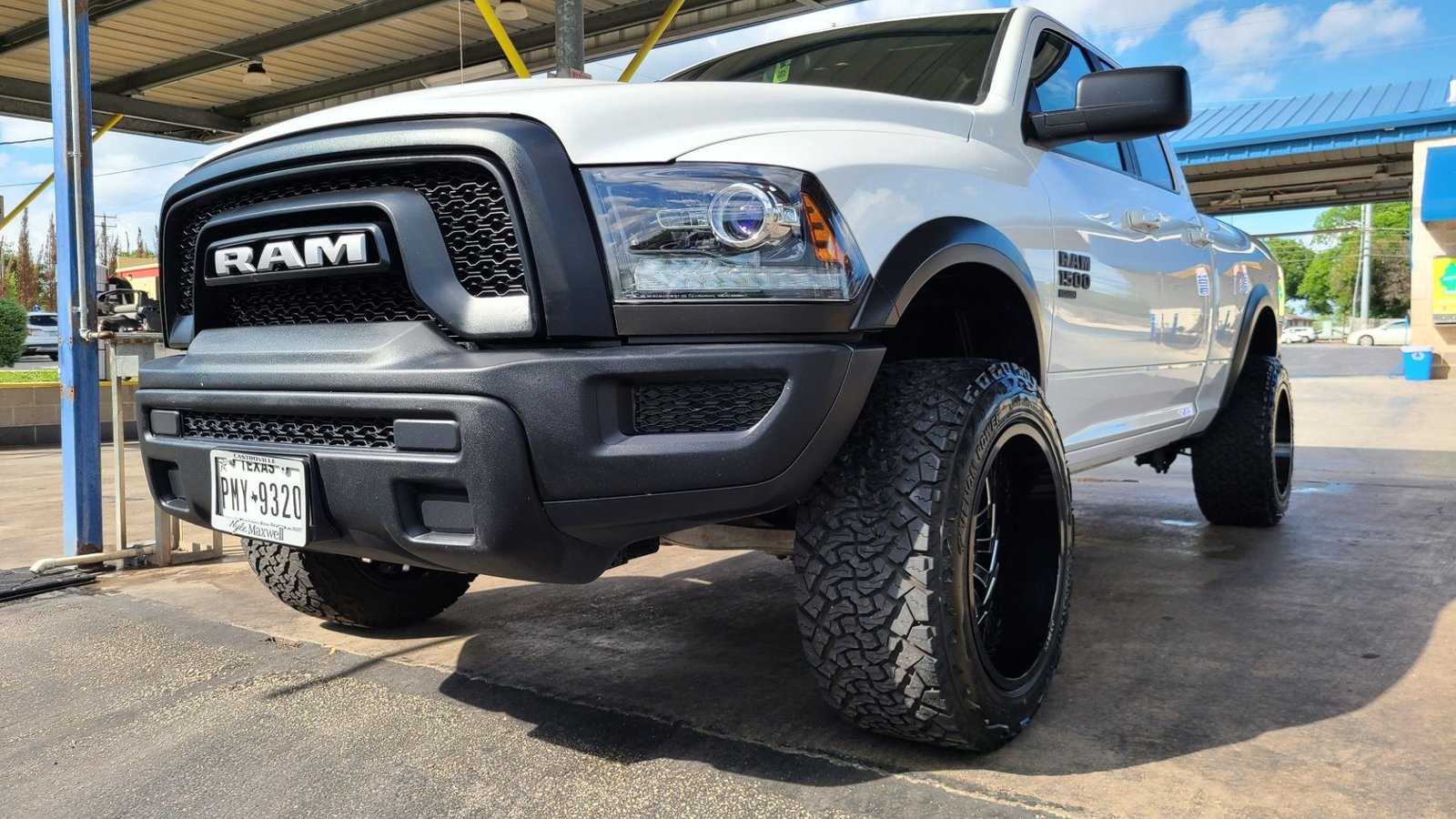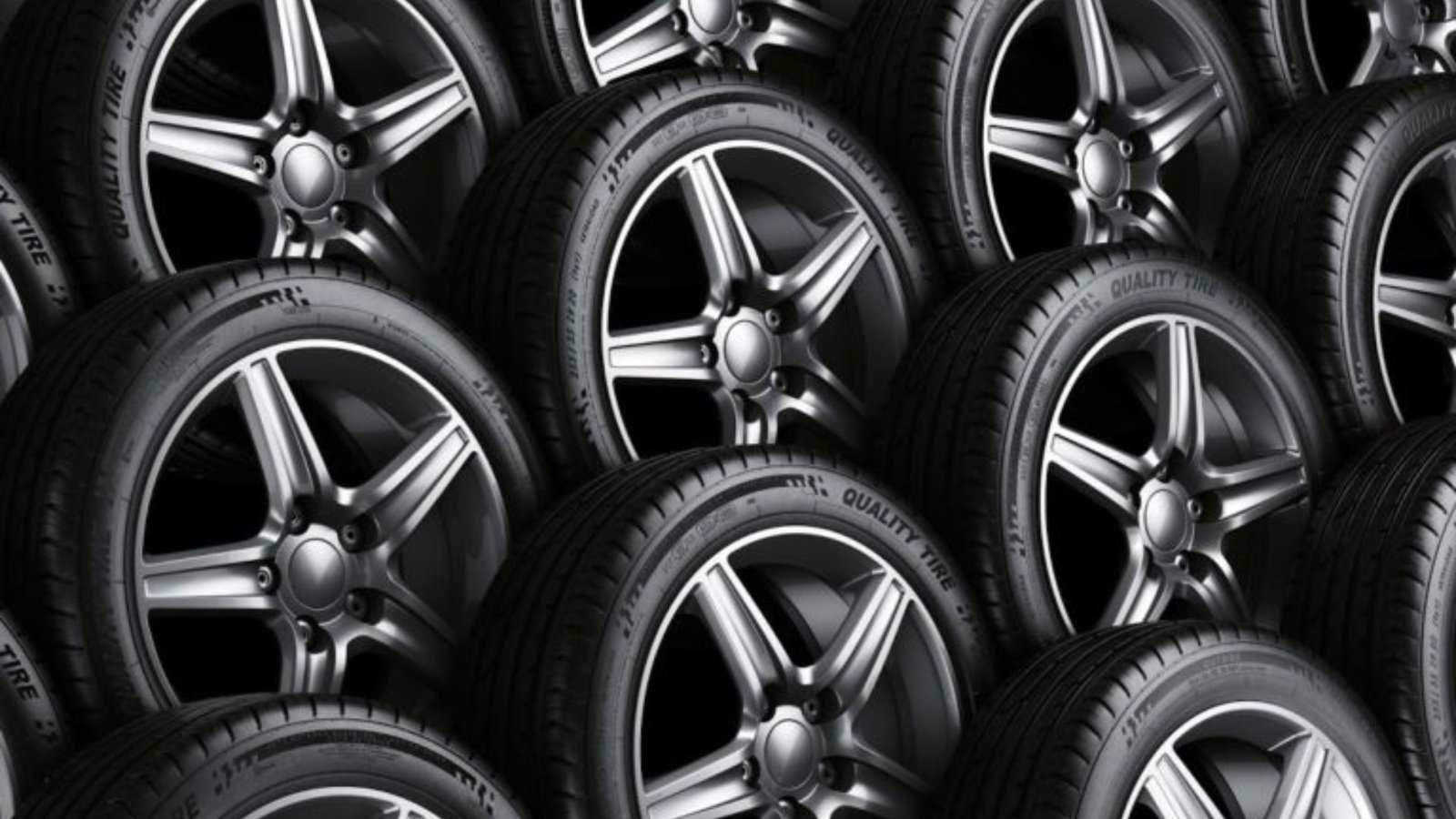Selecting the right car wheels is crucial for optimizing your vehicle’s performance, safety, and appearance. With various options available, understanding what to look for can help you make an informed decision. Here’s a guide to help you choose the perfect wheels for your car.

1. Understand Your Vehicle’s Requirements
Check Manufacturer Specifications
Overview: Your vehicle’s manufacturer provides specific guidelines for wheel size and type.
Key Considerations:
- Size: Check the recommended wheel size, including diameter and width, for your vehicle.
- Bolt Pattern: Ensure the bolt pattern matches your vehicle’s specifications.
- Offset and Backspacing: Confirm the correct offset and backspacing for proper fitment.
Benefits:
- Proper Fit: Ensures that the wheels fit correctly and do not interfere with the vehicle’s components.
- Optimal Performance: Adheres to manufacturer guidelines for best performance and safety.
Drawbacks:
- Limited Options: You may be restricted to certain sizes and designs based on manufacturer recommendations.
2. Choose the Right Wheel Size
Wheel Diameter
Overview: Wheel diameter affects your vehicle’s handling, ride quality, and appearance.
Key Considerations:
- Larger Wheels: Larger wheels can improve aesthetics and handling but may affect ride comfort and fuel efficiency.
- Smaller Wheels: Smaller wheels typically offer a more comfortable ride and better fuel efficiency but may not provide the same visual impact.
Benefits:
- Enhanced Appearance: Larger wheels can give your vehicle a more aggressive or sporty look.
- Comfort: Smaller wheels can offer a smoother ride.
Drawbacks:
- Ride Quality: Larger wheels may result in a harsher ride.
- Fuel Efficiency: Larger wheels can negatively impact fuel efficiency.
Wheel Width
Overview: Wheel width influences handling and stability.
Key Considerations:
- Wider Wheels: Provide better traction and stability but may require wider tires and affect fuel efficiency.
- Narrower Wheels: Can be more fuel-efficient but may not offer the same level of grip and handling.
Benefits:
- Improved Traction: Wider wheels improve grip and handling.
- Better Stability: Enhances vehicle stability during cornering.
Drawbacks:
- Increased Rolling Resistance: Wider wheels may lead to higher rolling resistance and reduced fuel efficiency.
3. Select the Right Material
Steel Wheels
Overview: Steel wheels are durable and cost-effective.
Key Features:
- Material: Made from stamped steel.
- Cost: Generally less expensive than alloy wheels.
Benefits:
- Durability: Steel wheels are tough and resistant to damage.
- Affordability: Usually more budget-friendly.
Drawbacks:
- Weight: Heavier than alloy wheels, which can affect performance and fuel efficiency.
- Aesthetics: Fewer design options and less visually appealing compared to alloys.
Aluminum Alloy Wheels
Overview: Aluminum alloy wheels offer a balance of performance and style.
Key Features:
- Material: Made from a blend of aluminum and other metals.
- Design Options: Available in a wide range of styles and finishes.
Benefits:
- Lightweight: Lighter than steel wheels, improving handling and fuel efficiency.
- Variety: Offers numerous design and finish options.
Drawbacks:
- Cost: Generally more expensive than steel wheels.
- Durability: Can be more prone to damage from impacts.
Forged Wheels
Overview: Forged wheels are known for their strength and lightweight properties.
Key Features:
- Manufacturing Process: Created by forging a solid block of metal.
- Design Flexibility: Can be customized to specific needs.
Benefits:
- High Strength: Stronger and more durable than cast wheels.
- Performance: Enhances handling and reduces unsprung weight.
Drawbacks:
- Cost: One of the most expensive wheel options.
- Availability: Less commonly available than steel or alloy wheels.
4. Consider Wheel Design
Aesthetic Appeal
Overview: Wheel design significantly impacts your vehicle’s appearance.
Key Considerations:
- Spoke Patterns: Choose from designs like multi-spoke, split-spoke, or mesh patterns.
- Finishes: Options include chrome, matte, gloss, and painted finishes.
Benefits:
- Personalization: Allows you to customize the look of your vehicle to match your style.
- Visual Impact: Enhances the overall aesthetics of your car.
Drawbacks:
- Cost: Custom designs and finishes may increase the price.
- Maintenance: Certain finishes may require more upkeep.
Functional Aspects
Overview: Some designs offer practical benefits beyond aesthetics.
Key Considerations:
- Cooling Vents: Some wheels have built-in vents to help dissipate heat from the brakes.
- Weight Reduction: Designs aimed at reducing weight for better performance.
Benefits:
- Improved Performance: Features that enhance cooling and reduce weight can benefit handling and brake performance.
- Increased Safety: Functional designs can improve vehicle safety.
Drawbacks:
- Complexity: Advanced features may add to the complexity and cost of the wheels.
5. Ensure Proper Fitment
Bolt Pattern
Overview: The bolt pattern must match your vehicle’s specifications.
Key Considerations:
- Pattern: Ensure the number of bolts and their spacing match your vehicle’s hubs.
- Size: Verify that the wheel’s bolt pattern fits correctly.
Benefits:
- Proper Installation: Ensures wheels are securely mounted and aligned correctly.
- Avoids Issues: Prevents potential issues with fitment and safety.
Drawbacks:
- Limited Options: May limit your choices based on your vehicle’s bolt pattern.
Offset and Backspacing
Overview: Offset and backspacing affect how the wheel aligns with the vehicle.
Key Considerations:
- Offset: The distance between the wheel’s centerline and the mounting surface.
- Backspacing: The distance from the wheel’s mounting surface to the inner edge.
Benefits:
- Proper Alignment: Ensures the wheels are correctly positioned within the wheel wells.
- Clearance: Provides adequate clearance from suspension components and brake calipers.
Drawbacks:
- Complexity: Requires precise measurements and calculations.
6. Professional Installation
Importance of Proper Installation
Overview: Professional installation ensures that your wheels are mounted correctly.
Key Considerations:
- Alignment: Proper wheel alignment is crucial for safety and performance.
- Balancing: Ensures that wheels are balanced to prevent vibrations.
Benefits:
- Safety: Proper installation reduces the risk of handling issues and ensures safe driving.
- Performance: Enhances vehicle performance and comfort.
Drawbacks:
- Cost: Professional installation incurs additional costs.
Conclusion
Choosing the right car wheels involves balancing various factors such as size, material, design, and fitment. By understanding your vehicle’s requirements, selecting appropriate materials, considering design elements, and ensuring proper installation, you can enhance your vehicle’s performance, safety, and appearance. Making an informed choice will not only improve your driving experience but also ensure that your wheels complement your vehicle’s overall design and functionality.




